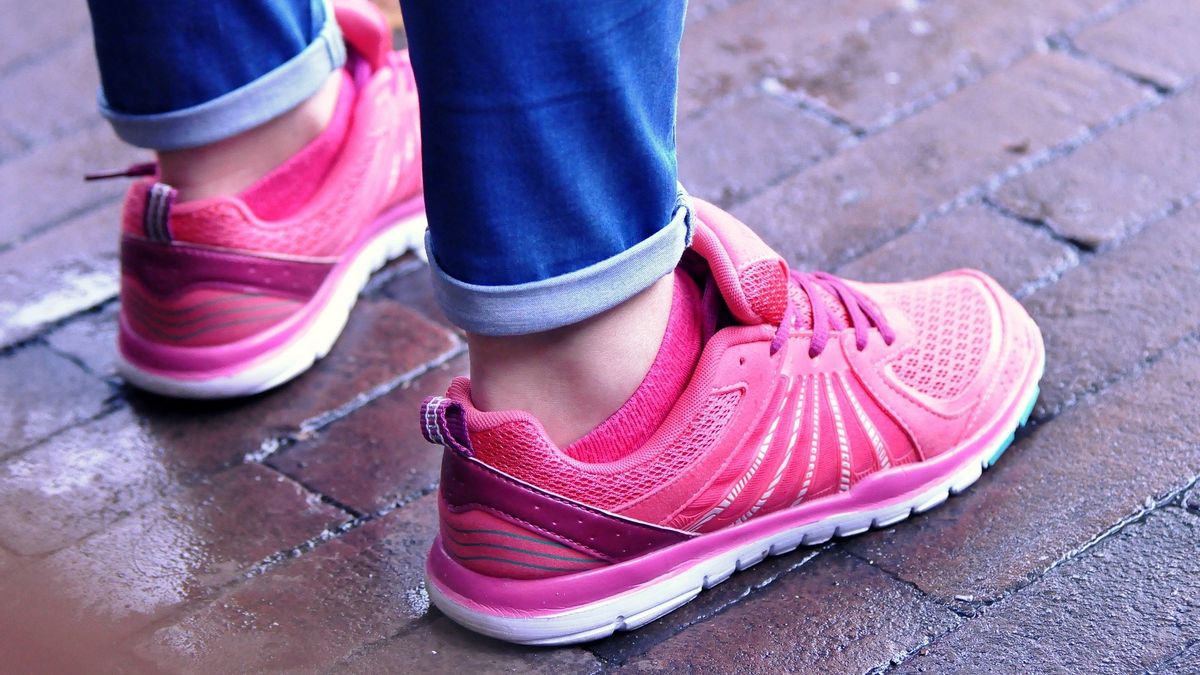JAKARTA - A pair of sports shoes, music playing from earphones and the surrounding scenery can be enjoyed on foot. The benefits are not half-hearted, equivalent to running which is also beneficial for health.
The pandemic has limited all activities. However, not with this one sport. Walking, if done routinely has the same benefits as jogging. In fact, a study conducted in 2013 found that walking was as healthy for the heart as jogging.
An American journal of cardiovascular health, Arterioclerosis, Thrombosis and Vascular Biology compared data from 33,060 runners and 15,045 hikers. Hikers experience greater health benefits than runners.
The reduction in the risk of high blood pressure in pedestrians was 7.2 percent while for runners it was 4.2 percent. Cholesterol risk was also reduced by 7 percent compared to runners who were as high as 4.3 percent. For diabetes risk, both decreased by 12 percent.
Study leader, Dr Paul Williams of the Lawrence Berkeley National Laboratory in California said.
"Walking and running are beneficial to health from moderate intensity walking and vigorous running because they both engage the same muscles even at different intensities."
Furthermore, Williams explained that people are always looking for excuses not to exercise. But now running can be replaced with walking for sustainable health.
By only traveling 9 kilometers in one week, cardiovascular risk was reduced by 31%. The risk of death also decreased by 32% by walking at a speed of 2 kilometers per hour. If you walk at a speed more than that, the risk reduction will be greater so you don't need extra care to get heart health.
Dr Georgina Stebbings, senior lecturer in Sport & Exercise Physiology from Manchester Metropolitan University explained that intensity is an important thing to understand. Intensity makes walking and running both equal and different.
Equivalent if walking is done in moderate to fast intensity. Another option that Stebbings offers is walking at a slower pace on more difficult terrain.
Stebbings suggested that sitting every day for eight hours could allow time to sit every 30 minutes. Try to fill the gap with moderate to light intensity walks. This aims to reduce blood sugar levels which will tend to be high if you just sit all day.
Stebbings also advised him to regularly walk for ten minutes at least three times a day. This can be done in the middle of a work break or at other times.
The English, Chinese, Japanese, Arabic, and French versions are automatically generated by the AI. So there may still be inaccuracies in translating, please always see Indonesian as our main language. (system supported by DigitalSiber.id)













